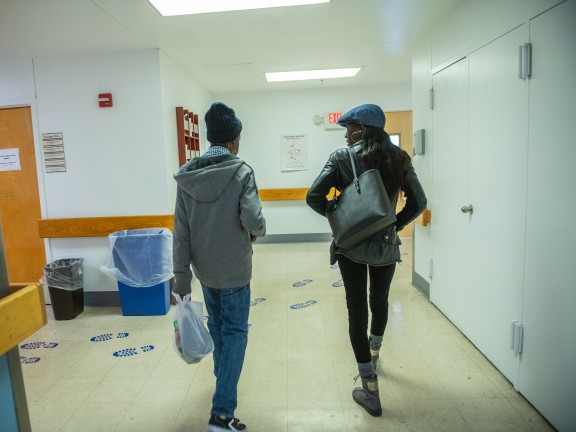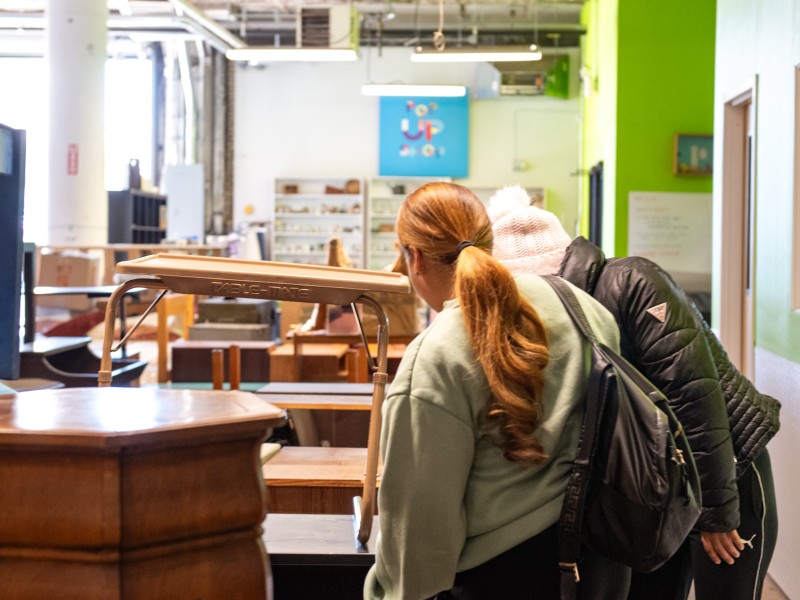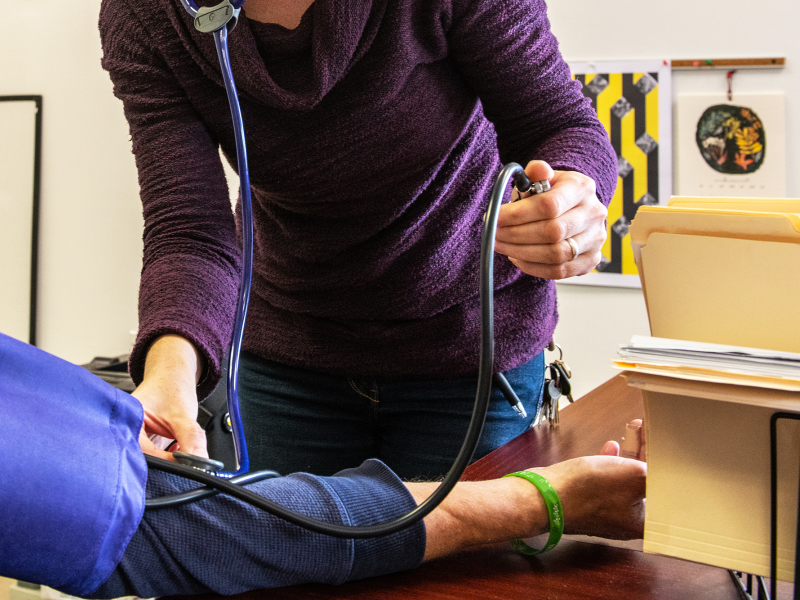Housing First as a Means of Social Justice

As we enter 2020, it’s no longer a surprise that federal, state, and local policies and programs have systematically disadvantaged people because of their race, gender, and/or sexual identity for decades. Those systemic disadvantages have contributed to countless discriminatory practices that have led to a disproportionate number of people of color and members of the LGBTQ community experiencing poverty, homelessness, unemployment, and whole host of other issues.
A 2017 study from the University of Toronto and Ryerson University showed that Canadian applicants with equal qualifications were 28% less likely to secure an interview with an “Asian” name than those with an “Anglo” name, even when all education and work experience was in Canada. A similar study in 2003 showed that names that sound African-American received 50% fewer call-backs than applicants with traditionally white names.
A far less scientific experiment, in which a woman working as a professional resume writer/editor swapped email signatures with a male colleague for two weeks, revealed the microaggressions and stresses that women experience in the workplace every day. The man was subjected to condescension, questioning, rude remarks, dismissiveness, patronization, and struggled to complete projects on time during the time span. The woman, however, had the most productive week of her career.
These are just two quick examples of what we know to be true: inequities abound, and many of them impact a person’s ability to provide for themselves and their families. If you’re a member of one or more marginalized identities, it’s harder to find and keep a position that pays you what your experience and expertise are worth. And without that steady income, you’re at a higher risk of experiencing homelessness.
In particular, African Americans represent 13% of the general population and 40% of people who experience homelessness. It’s the largest disparity for any race or ethnicity in the US, and the imbalance is not getting better with time. For comparison’s sake, white Americans represent 79% of the general population and 50% of the population experiencing homelessness.
In Philadelphia specifically, where the 25% poverty rate is double the national average, African Americans represent 41% of the population (per 2017 data) and 76% of those experiencing homelessness (per the 2019 Point in Time Count). In comparison, 35% of Philadelphia residents are white, and 22% of those experiencing homelessness are white.
Correcting this generations-long imbalance is not a one-size-fits-all approach, nor can it happen overnight. But one small step in the right direction for organizations that support people experiencing homelessness is implementing the Housing First model.
Housing First is a philosophical approach that provides housing with no preconditions and subsequently addresses an individual’s financial, medical, behavioral health, and other needs. People should not need to prove that they have earned or deserve a home. Housing First is built upon the belief that housing is a basic human right, and everyone deserves a safe space to call home – regardless of their race, gender, or ethnicity.
It is equally important that individuals feel safe and welcome by their support system. The Housing First model requires that, once a person is housed, comprehensive wrap-around services are provided to help that person integrate into their chosen community and achieve stability. Housing First is not, and should never be, housing only.
Participant choice and self-determination are a crucial component of the Housing First model. The focus is on individualized recovery, whether from mental health conditions, trauma, substance use, or other challenges. In order for recovery to progress, individuals must be given the freedom and respect to determine what their path of healing will look like. Staff are then entrusted with the responsibility to support that vision. The focus on self-determination is a tenant of harm reduction, which helps people to reduce potential negative consequences associated with risky behaviors while still supporting an individual’s recovery goals, however they may be defined.
Correcting generations of systemic discrimination will take a long time, and it will be hard work. But utilizing models like Housing First produces results. 85% of the participants at Pathways to Housing PA remain housed after five years in the program. 65% of those with opioid use disorder (OUD) are seeking some form of treatment after six months of being housed – whereas nationally, only 20% of people with OUD seek treatment. It should be noted that this statistic encompasses everyone with OUD, not just those experiencing homelessness, which makes it all the more impressive.
While rates of OUD in the US remain more prevalent among whites than racial minorities, one 2017 study suggested that people of color with OUD were significantly less likely than their white counterparts to be prescribed buprenorphine or naltrexone within six months of diagnosis. Similarly, a 2002-2014 retrospective of adults receiving OUD treatment in an urban office setting, discovered that, while more than half of patients had left treatment after one year, retention outcomes were significantly worse among people of color.
The Housing First model, especially when combined with Integrated Care efforts and harm reduction, has the potential to greatly impact the health outcomes of individuals with multiple marginalized identities. It is the charge of those working to alleviate the burden of these social determinants of health to recognize the impact of intersectionality and champion evidence-based models, like Housing First, that address the whole person.


